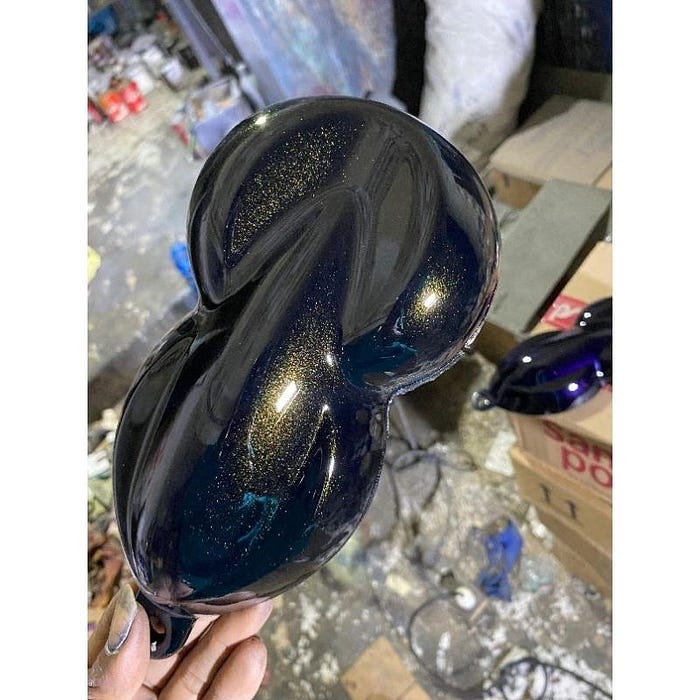... you don't need to show this figure that close to the ground. And Lincoln looks still and lordly. It is a strange artifact. It's artwork from the past, never the greatest art, but carrying the weight of history, history that includes Frederick Douglass wanting to see a better image of a black man before he died.
***
I looked to see what year Douglass died. It was 1895. I clicked through on the name of his first wife, Anna Murray Douglass:
Anna Murray was... born free, her parents having been manumitted just a month before her birth. A resourceful young woman, by the age of 17 she had established herself as a laundress and housekeeper. Her laundry work took her to the docks, where she met Frederick Douglass, who was then working as a caulker. Murray's freedom made Douglass believe in the possibility of his own. When he decided to escape slavery in 1838, Murray encouraged and helped him by providing Douglass with some sailor's clothing her laundry work gave her access to. She also gave him part of her savings, which she augmented by selling one of her feather beds.
After Douglass had made his way to Philadelphia and then New York, Murray followed him, bringing enough goods with her to be able to start a household.... She helped support the family financially, working as a laundress and learning to make shoes, as Douglass's income from his speeches was sporadic and the family was struggling. She also took an active role in the Boston Female Anti-Slavery Society and later prevailed upon her husband to train their sons as typesetters for his abolitionist newspaper, North Star. After the family moved to Rochester, New York, she established a headquarters for the Underground Railroad from her home, providing food, board and clean linen for fugitive slaves on their way to Canada.
Murray Douglass received little mention in Douglass's three autobiographies. Henry Louis Gates has written that "Douglass had made his life story a sort of political diorama in which she had no role."

.jpg)


